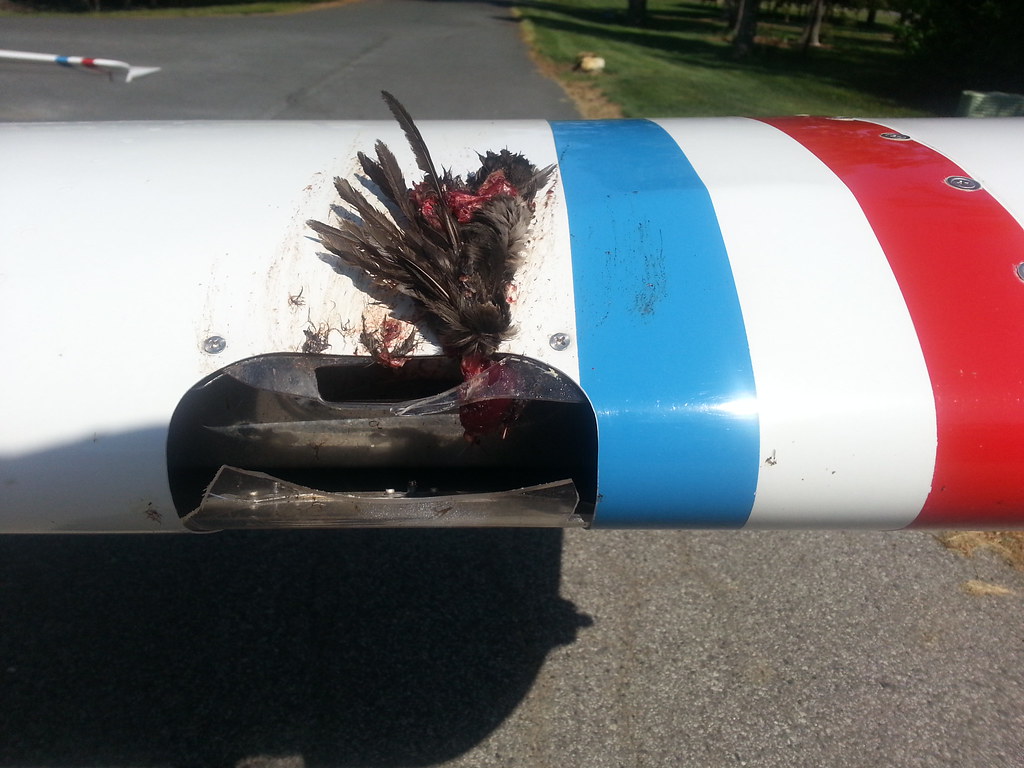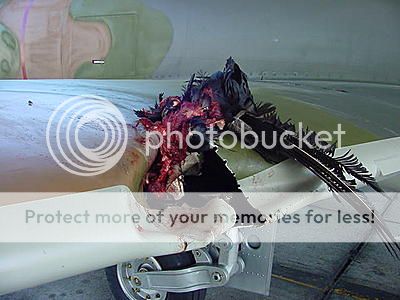kinger
Well Known Member
From Flight Safety and AIN
About 60 percent of bird strikes involving civil aircraft occur during landing phases of flight (descent, approach and landing roll), 37 percent occur during takeoff run and climb and the remainder occur during the cruise phase of flight. About 62 percent of bird strikes involving civil aircraft occur during the day, 9 percent occur at dawn or dusk and 29 percent occur at night.
About 60 percent of bird strikes involving civil aircraft occur during landing phases of flight (descent, approach and landing roll), 37 percent occur during takeoff run and climb and the remainder occur during the cruise phase of flight. About 62 percent of bird strikes involving civil aircraft occur during the day, 9 percent occur at dawn or dusk and 29 percent occur at night.










